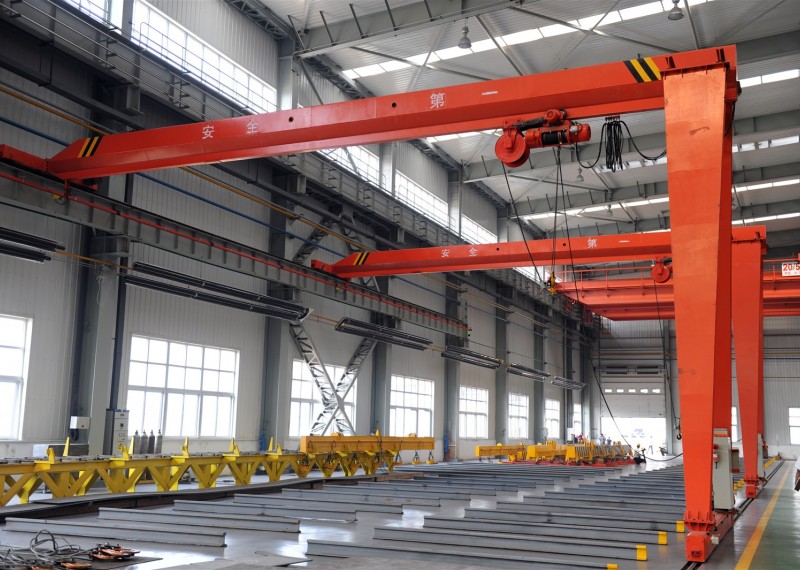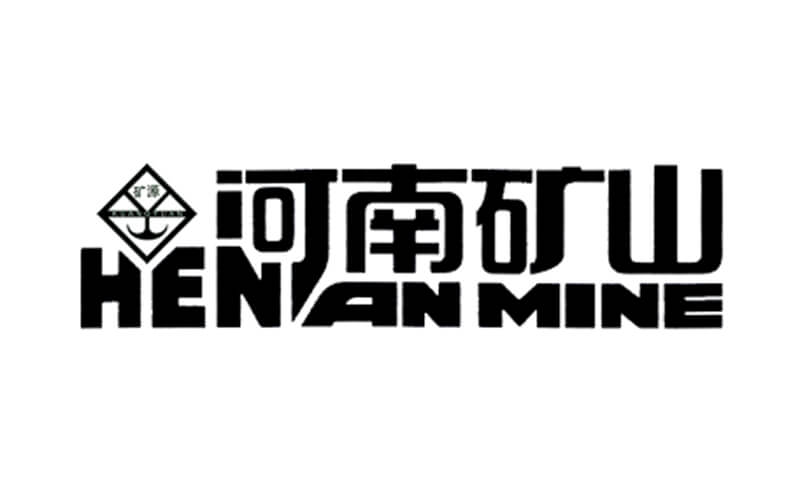
Can An Overhead Crane Hook Be Used As An Anchor Point?
One question we hear occasionally is whether workers can tie off to a crane hook for personal fall protection when no other anchorage is available. The answer to this question is a little bit more complicated than a simple yes or no.
There are some instances when OSHA permits workers to use a crane hook as an anchor point, but there are very strict requirements, and it should be considered only as a last resort. The only mention of anchoring a personal all arrest system in OSHA is in 1926.1423(j) in the code for the construction industry. To understand why it is permitted under this section, we need to understand the requirements for personal fall arrest systems.
OSHA Code
OSHA 1910 and 1926, the standards for General Industry and Construction Industry, have requirements for fall arrest anchorages that are essentially the same. 1910.140(c)(13) states that “anchorages . . . must be capable of supporting at least 5,000 pounds for each employee attached; or designed, installed, and used under the supervision of qualified person, as part of a complete personal fall protection system that maintains a safety factor of at least two.”
Likewise, 1926.502(d)(15) states that “anchorages used for attachment of personal fall arrest equipment shall be . . . capable of supporting at least 5,000 pounds per employee attached, or shall be designed, installed, and used . . . as part of a complete personal fall arrest system which maintains a safety factor of at least two; and under the supervision of a qualified person.”
In both standards, non-engineered fall protection anchorages must be certified to be capable of supporting at least 5,000 pounds for each user. However, only the standard for the Construction Industry includes a provision for using a crane hook as a fall protection anchorage.
1926.1423(j)(1)-(3) state the requirements for using a crane hook as an anchorage for a personal fall arrest system. These requirements are: “A qualified person has determined that the set-up and rated capacity . . . meets or exceeds the requirements in §1926.502(d)(15); the equipment operator must be at the work site and informed that the equipment is being used for this purpose; no load is suspended from the load line when the personal fall arrest system is anchored to the crane/derrick’s hook.”
Preferred Solutions
This section of the Construction Industry Code says that “a personal fall arrest system is permitted to be anchored to the crane/derrick’s hook.” It does not say that it is a preferred option; other solutions should always be sought out first. Engineered systems are preferred to non-engineered anchorages, so portable systems, should be considered before tying off to a crane hook.
Unlike the Construction Industry, there is no provision in the General Industry Code that permits or describes the use of a crane hook as an anchor point for a personal fall arrest system. In a letter of interpretation from 2005 by John B. Miles, Jr., Director of Enforcement Programs, it is stated that “the hook of a crane does not meet the definition of an anchorage, that is, a secure point of attachment.”
While letters of interpretation are written in response to specific questions and, strictly speaking, are only applicable to the specific situation in question, they can offer useful insight for other situations. In this case, the interpretation suggests that tying off to a crane hook is generally not ideal, because crane hooks don’t always meet the exact requirements for anchorage points.
Given all of these considerations, it appears that OSHA allows the use of a crane hook as an anchorage point for a personal fall arrest system in the construction industry only, and only if it meets those parameters laid out in 1926.1423(j). A Qualified Person must determine that it complies with all other OSHA standards for fall arrest as well, as is the case when you are using any anchor point that is not a part of an engineered system. For more information on OSHA’s requirements, you can contact your local OSHA office.


